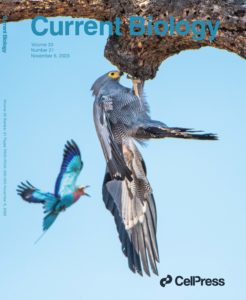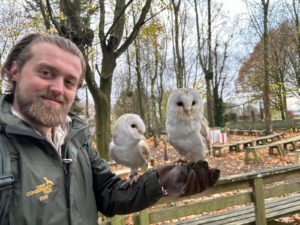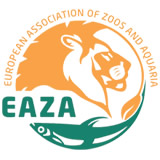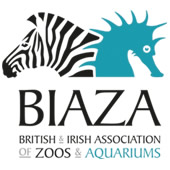We’re excited to announce a new publication co-authored by Dr Campbell Murn, our Head of Conservation, Research and Education. The paper looks at differences in the visual field of African Harrier-hawks (AKA Gymnogenes) and other birds of prey and how this relates to their distinctive hunting style.
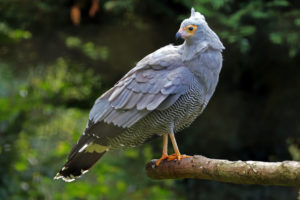
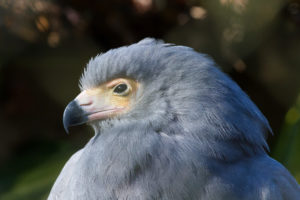
The paper was co-written Dr Campbell Murn alongside a team of evolutionary and comparative ecophysiologists and biologist (researchers who study the physical features of birds and how they may have evolved). We have worked with Dr Steve Portugal from Royal Holloway University of London, Prof. Graham Martin from the University of Birmingham and Dr Simon Potier from Lund University in Sweden over the years to investigate the unique physiological features of birds of prey held at the Trust.
Through these collaborations, we have discovered just how powerful the kicks of Secretary Birds are when they dispatch prey, and how the distinctive visual field of White-headed Vultures resembles a predatory eagle. Other research has highlighted how visual fields and foraging behaviour affects collision vulnerability in Gyps vultures. We had Simon visiting the Trust again in December, investigating the flexible leg joints in African Harrier-hawks and look forward to seeing the results of his work soon!
Many of the species we study are listed as threatened on the IUCN Red List of Threatened Species. Sometimes we work with species like the African Harrier-hawk that are classified at Least Concern and this can provide opportunities to extrapolate our findings to other, more threatened species and hopefully inform conservation practices. Birds of prey, especially vultures, are threatened in many parts of the world; the more we can understand them, the better we are able to plan and conserve them.
Overall, this process of researching and publishing can take years, from analysing and writing up the data, to internal checks between authors and the lengthy peer review process where scientists and professionals in the scientific community comment and feedback on the draft. It can take several rounds of edits and feedback and several months, sometimes over a year before a paper is finally published in a journal for the rest of the scientific community to share. We are therefore always excited to share our work once it is published. You can read the published literature from our Conservation and Research team on our website here.
